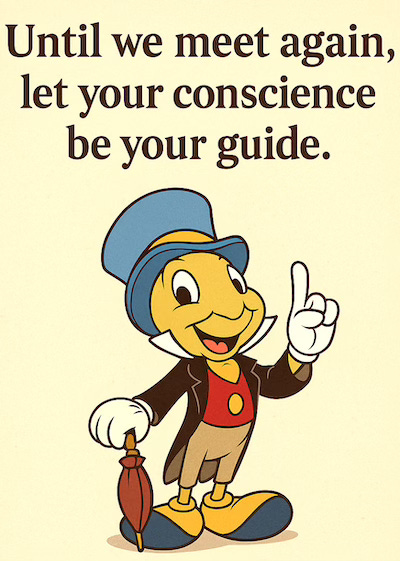The recording of “My Favorite Things” in October 1960 marked a pivotal moment in John Coltrane’s career and the evolution of modern jazz. Coltrane had recently acquired a soprano saxophone, a gift from Miles Davis, after being inspired by Steve Lacy, one of the few musicians playing the instrument in jazz at that time. The soprano had largely fallen out of favor since Sidney Bechet’s era, considered outdated and difficult to play in tune.
Coltrane brought the soprano to Atlantic Records’ studio for what would become the “My Favorite Things” album sessions. When he pulled out this unusual horn to tackle the Rodgers and Hammerstein show tune from “The Sound of Music,” a gift from Miles Davis, it was a radical choice on multiple levels. The song itself was an unlikely vehicle for jazz transformation, being a simple, almost childish waltz from a Broadway musical.
What Coltrane did with it was revolutionary. He transformed the sweet melody into a hypnotic, modal exploration that stretched to nearly 14 minutes on the album version. Using the soprano’s distinctive nasal, penetrating tone, he created an almost Middle Eastern or Indian quality that had never been heard in jazz before. The performance alternated between the simple, singing statement of the melody and increasingly intense improvisations built on just two modes (E minor and E major), with McCoy Tyner’s piano creating a drone effect underneath.
The recording became Coltrane’s first real commercial success, reaching audiences far beyond the usual jazz crowd. It established him as a major bandleader after leaving Miles Davis’s group, proved the commercial viability of extended modal jazz improvisations, and single-handedly revived the soprano saxophone as a legitimate modern jazz instrument.
Perhaps most importantly, it pointed toward the spiritual and world music directions Coltrane would pursue for the rest of his career. That piercing soprano sound became integral to his musical voice, especially on recordings such as “A Love Supreme.” The success of “My Favorite Things” gave him the commercial clout and artistic confidence to push further into the avant-garde while maintaining an audience, fundamentally altering the trajectory of his career and jazz itself.
The Comblain-La-Tour performance in Belgium on August 1, 1965, is one of the most valuable documented performances of “My Favorite Things.” This was captured during a Belgian jazz festival and broadcast by RTBF (Belgian Radio and Television).
What makes this particular performance so special is that it exists not just as an audio recording but also as video footage, which reveals fascinating details about how the classic quartet performed. You can actually see the intensity of the performance, with Elvin Jones sweating profusely and creating what observers described as steam rising from him as he played with almost demonic intensity.
The footage shows interesting technical details too. During “My Favorite Things,” there’s a moment where Coltrane walks away from the microphone to adjust his reed because he’s having a problem with it. The video also explains why the volume wavers during his most passionate playing: he would double over while playing so forcefully that his saxophone moved considerably away from the microphone.
By August 1965, Coltrane’s performances of “My Favorite Things” had evolved significantly from the original 1960 studio recording. The performance at Comblain-La-Tour features the piece performed in an increasingly free and spiritual style while still maintaining a strong sense of melody. This was the classic quartet at the height of their telepathic communication: Coltrane, McCoy Tyner on piano, Jimmy Garrison on bass, and Elvin Jones on drums.
The setlist that night included “Vigil” (which began with a duet between Coltrane and Jones), followed by an incendiary version of “Naima” that was almost unrecognizable from its origins six years earlier, before closing with “My Favorite Things.”
This performance captures Coltrane at a crucial transitional moment, about two years before his death, when he was pushing further into avant-garde territory while still maintaining the spiritual intensity and melodic connection that made “My Favorite Things” such an important vehicle for his artistic expression throughout the 1960s.
Coltrane changed my life. My book shows how he might change yours.
More cool Coltrane media content at Coltrane Code.



